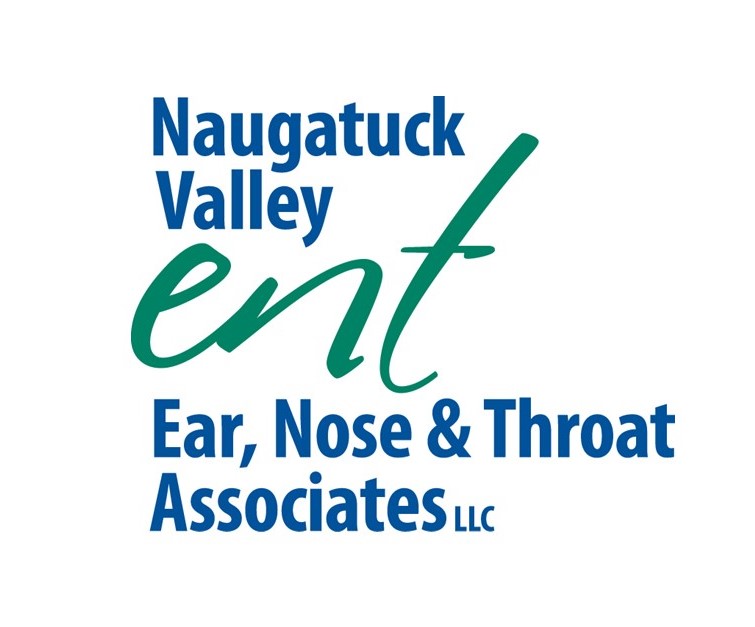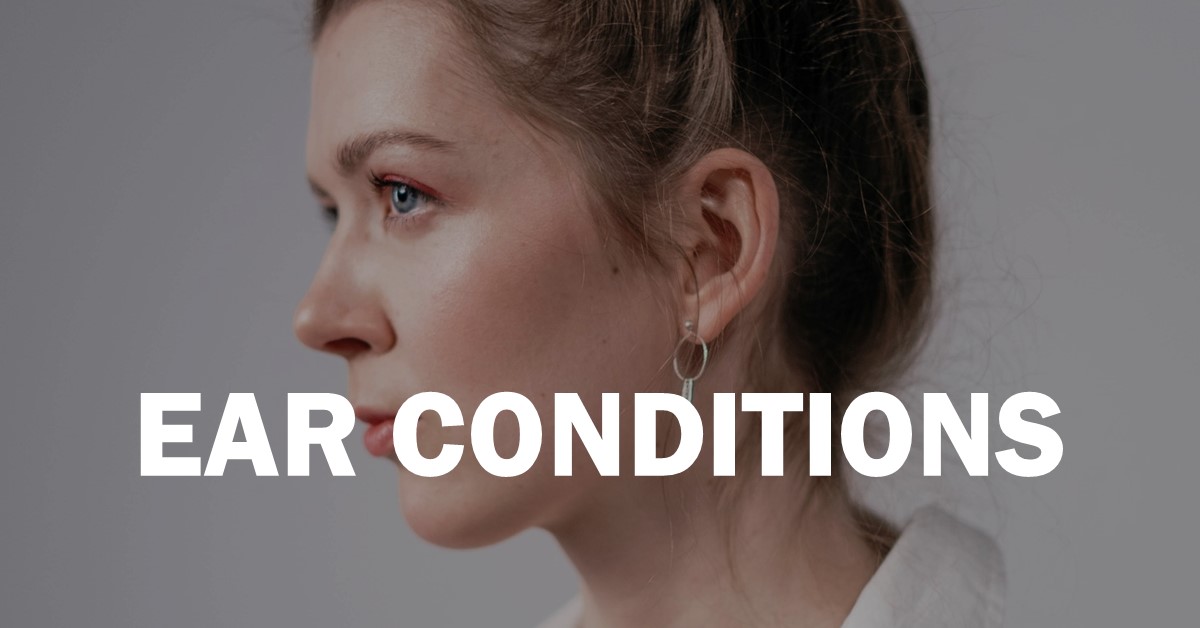Behind the Eardrum: Navigating Cholesteatoma in Southbury, CT
What is Cholesteatoma?
Cholesteatoma is an abnormal skin growth or cyst that develops behind the eardrum or in the bone behind the ear. This condition begins with the accumulation of ear wax and skin, forming a lump on the eardrum or an eardrum retraction pocket. Over time, this collection of skin can lead to significant issues, including infections, drainage, and hearing loss. As the skin accumulates, it can spread to the middle ear space or the mastoid bone behind the ear.
Proper management and timely treatment are crucial in preventing the severe complications associated with cholesteatoma.
Symptoms of Cholesteatoma
Cholesteatoma may cause a variety of symptoms, including:
- Hearing loss
- Ear drainage with a foul smell
- Recurrent ear infections
- Sensation of ear fullness
- Dizziness
- Facial muscle weakness on the side of the affected ear
- Earache or pain
If you experience any of these symptoms, it is crucial to consult an ENT (ear, nose, and throat) specialist, also known as an otolaryngologist, as soon as possible.
Causes of Cholesteatoma
Several factors can lead to the development of a cholesteatoma:
- Eustachian Tube Dysfunction: The most common cause is poor ventilation of the middle ear space due to eustachian tube dysfunction. The eustachian tube connects the middle ear to the nose and sinuses, helping to regulate ear pressure. When it doesn’t function properly, negative pressure can cause the eardrum to retract, collecting skin and earwax and leading to a cholesteatoma. Seasonal allergies, upper respiratory infections, or sinusitis can contribute to this dysfunction.
- Perforated Eardrum: A cholesteatoma can also develop when the skin from the ear canal enters the middle ear space through a hole in the eardrum.
- Congenital Factors: In rare cases, a cholesteatoma can be present at birth due to the ear’s development.
How We Can Help
The Naugatuck Valley ENT team can manage cholesteatoma through various methods. Typically, complete removal of the skin or cyst requires surgical intervention. Before surgery, we may need to carefully clean your ear and prescribe medications to stop the drainage. These medications can be oral antibiotics, topical antibiotics, or both. Keeping the ear dry during this treatment period is advised. Contact Naugatuck Valley ENT at (203) 578-4630 to schedule an appointment.
Potential Dangers of Untreated Cholesteatoma
Without proper treatment, a cholesteatoma can cause recurrent ear infections and lead to progressive hearing loss or even deafness. The condition can erode the bones in the ear, allowing infection to spread to the inner ear or brain. This can result in serious complications such as meningitis, brain abscess, facial paralysis, dizziness (vertigo), and even death.
Treatment Options for Cholesteatoma
Managing and treating cholesteatoma usually requires surgery to remove the skin and clear the infection. The specific surgical approach depends on the extent and location of the cholesteatoma. Imaging such as a CT scan often helps define the cholesteatoma’s location. A hearing test (audiogram) is also typically performed. Additional tests like MRI or balance testing might be necessary in some cases.
The primary goals of surgery are to remove the cholesteatoma, clear the infection, and create a safe, dry ear. This may involve reconstructing the eardrum, eliminating bone behind the ear, or reconstructing the hearing bones. Sometimes, a second surgery is required to remove all of the cholesteatoma before reconstructing the hearing bones.
Post-surgery follow-up visits are essential to monitor the ear and ensure no recurrence. Long-term surveillance is also necessary.
Questions to Ask Your Doctor
- What parts of the ear does my cholesteatoma involve (middle ear, mastoid, or both)?
- Are there any medications I can take or things I can do to stop the ear drainage?
- Will the surgery be through my ear canal, behind the ear, or both?
- Will I need a planned second surgery?
- How long should I keep the ear canal dry after surgery?
- Will there be dizziness after surgery?
- What is the plan for pain control after surgery?
- What type of follow-up will be needed after surgery? What follow-up is necessary long-term?
- How do you expect this to affect my hearing?
Seeking Help & Treatment
We treat many types of ear conditions, many of them some form of ear infection. If you decide to come in to meet the Naugatuck Valley ENT team to have your condition diagnosed, we will provide recommended treatment for an ear infection or ear condition. The treatment will depend on the patient’s age and the severity of the condition. If you or your child is experiencing ear pain with a fever, please call our office immediately to make an appointment. Contact us today at (203) 578-4630 to schedule a consultation and take the first step.
Ear Condition Services at Naugatuck Valley ENT
Our ear condition specialists can help determine which issues are causing your discomfort and develop a treatment plan that will help make life more enjoyable. Our board-certified doctors, dedicated nursing staff , and highly trained ENT specialists will strive to make your ear condition treatment experience a positive and productive one. Please contact Naugatuck Valley ENT at (203) 578-4630 to set up an appointment.




